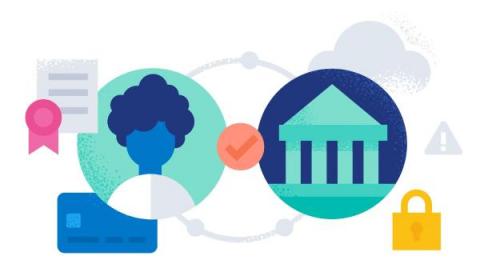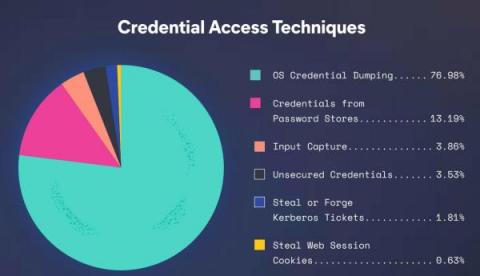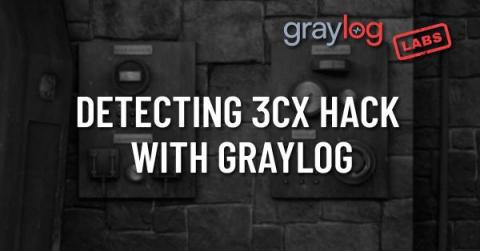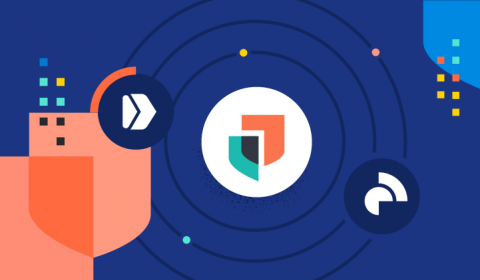Threat Detection and Response: 5 Log Management Best Practices
In a world where attackers can move fast, security teams need to move faster. According to SANS research from 2022, adversaries can perform intrusion actions within a five-hour window. While analysts need the Millennium Falcon of security technologies that enable threat detection and response in under twelve parsecs, increasingly complex IT environments make the 1-10-60 Framework feel unachievable.











